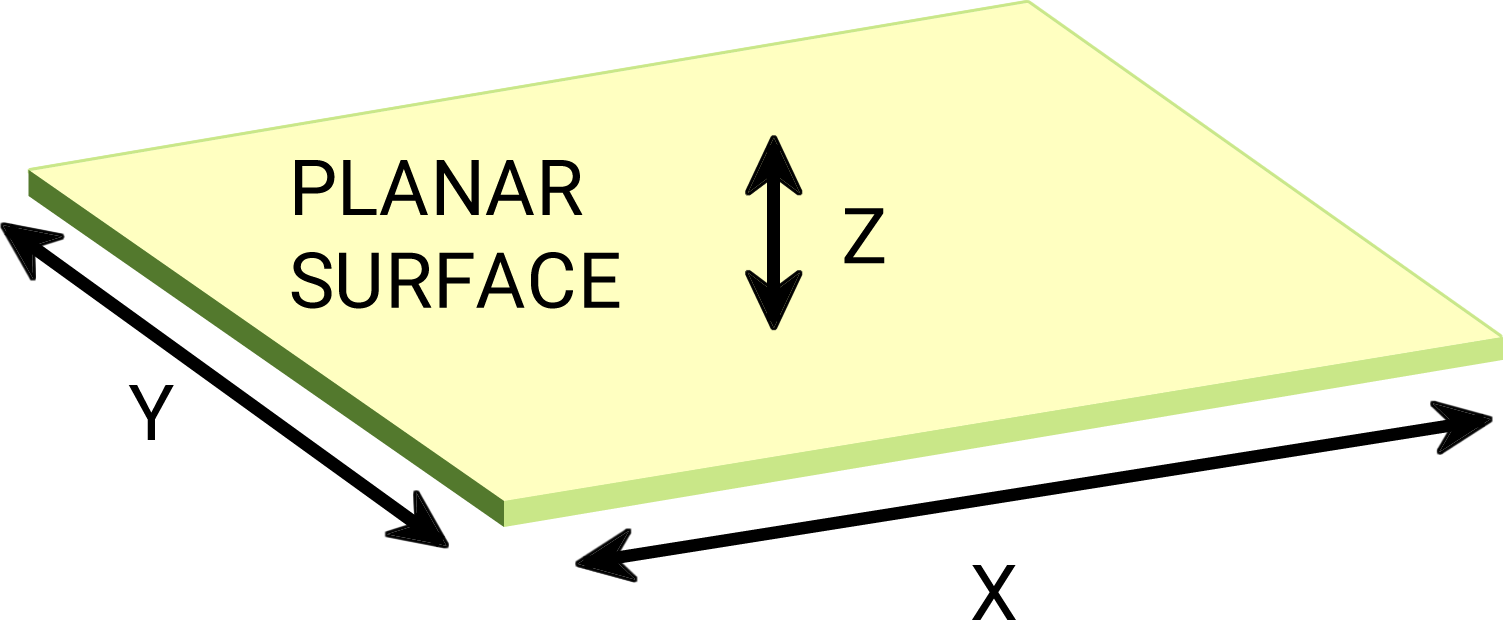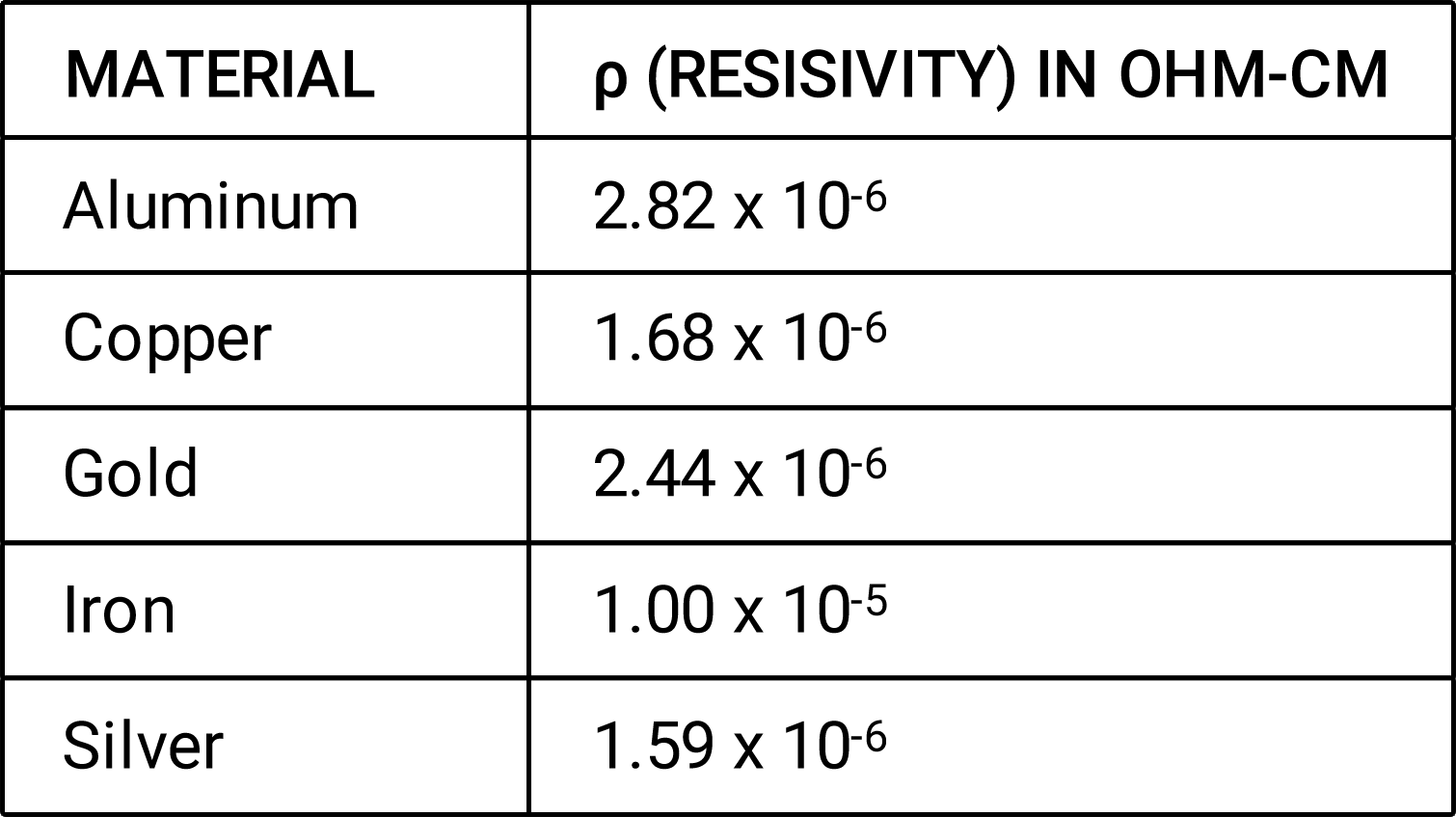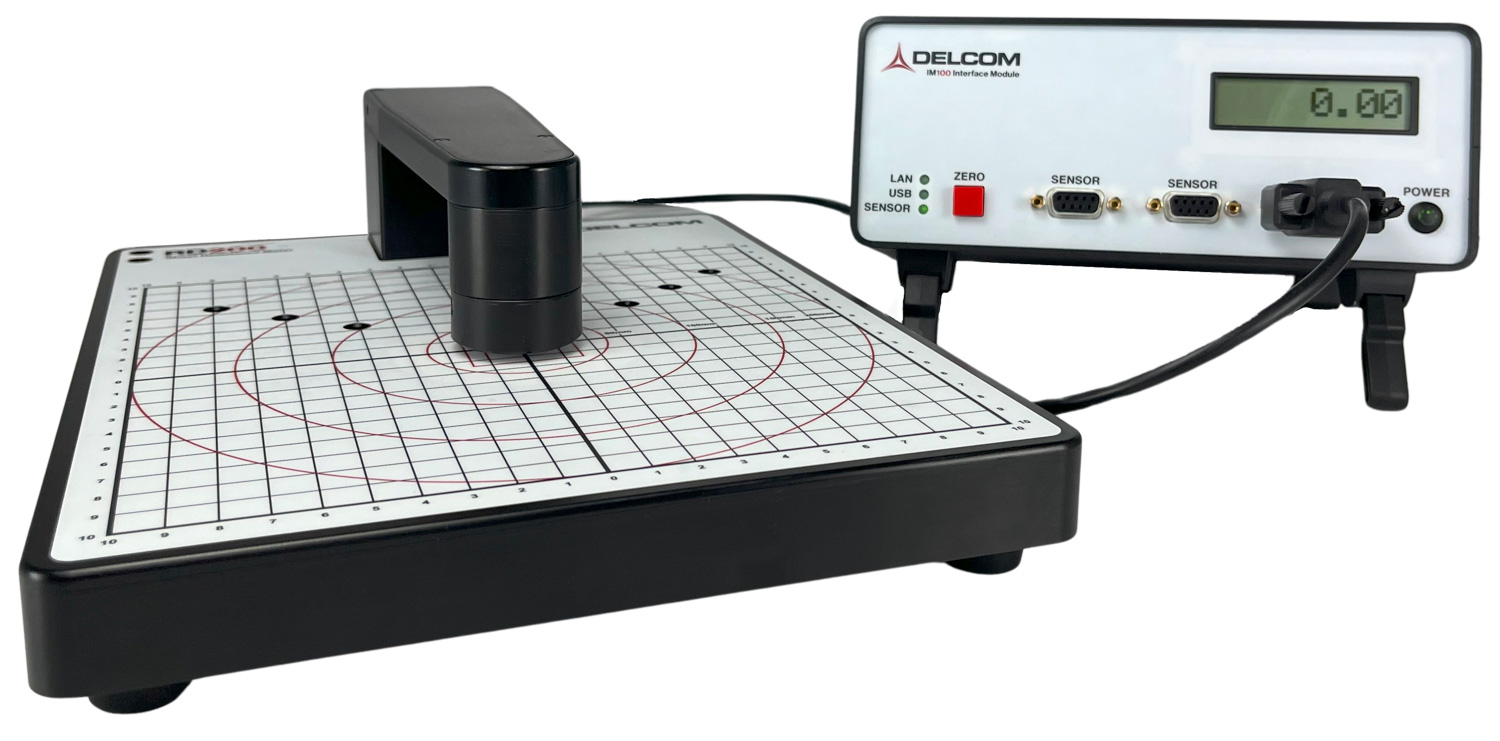Measuring Sheet Resistance
Why Measure Sheet Resistance
Many applications require objects that are sheets, wafers, panels, or plates of conductive or conductively coated material. For many of these applications, the resistance of the entire object and/or the bulk resistivity of the material are not the subject of inquiry. Sheet resistance is useful if the user wishes to know the resistance of the material as a sheet regardless of the dimensions of the material as a whole. This a function of the thickness and resistivity of the material and not dependent on the size of the plane of the material.
For use in these applications, sheet resistance (Rs) was created as a unit of measurement. The inherent value of sheet resistance is that it is a measure of the electrical properties of a material independent of the xy dimensions as depicted in Figure 1.
Figure 1: Sheet resistance does not depend on the XY dimensions of the sheet

Primer on Sheet Resistance
The electrical resistance (R) of an object is measured in Ohms and represented by the Greek letter Ω (omega). The resistance of a metal or a semiconductor can be measured using an ohmmeter (a common function on benchtop multimeters). The measurement of an object’s resistance can be taken with such a meter independent of the dimensions of the object or the object’s internal composition.
Figure 2: Resistance of an object

Three factors contribute to an object’s overall resistance. It is intuitive that a longer object is more resistive to electrical flow, as the electrons have farther to travel. Similarly, a narrower object is more resistive to flow, as there are fewer parallel pathways for the electrons to travel down. Finally, an object that has a material more intrinsically resistant to the flow of electrons will be more resistive. This intrinsic characteristic of a material that makes it conductive to the flow of electrons is called resistivity.
Therefore, we can say that electrical resistance (R) of an object is a result of three factors:
- Cross-sectional area of an object (A)
- Length of the object (L)
- Intrinsic properties of the material the object is composed of—resistivity (ρ)
To determine the resistivity of various materials, objects composed of different materials but with the same dimensions were tested for their resistance. Table 1 shows the resistivities of some common materials.
Table 1: Resistivities of various materials

From these observations about the three factors of resistance, we conclude that resistance equals resistivity (ρ) times length (L), divided by area (A), as demonstrated by Figure 3 and Equation 1.
Figure 3: Resistance is a function of resistivity (ρ), length (L), and area (A)

Equation 1: Formula for resistance
R = ρxLA.
In order to find the sheet resistance of an object, think of a square shape cut out of a doped silicon wafer, conductive film sheet, or a coated glass panel. We don’t want to have to worry about length and width along the entire plane of the material. This can be avoided by assuming a square shape. Now let’s describe the square as having a length (L), width (W), and thickness (T), as shown in Figure 4 below.
Figure 4: Sheet of resistive material

Next, let’s take our formula that relates length, area, and resistivity to resistance and transform it. This is done by substituting area (A) with width (W) times thickness (T).
Equation 2: Transforming resistance equation
R = ρxL A ⇒ R = ρxL LxW
Finally, since the material in this example is a perfect square, we can substitute length (L) for width (W). This results in the equation: Sheet resistance (Rs) equals resistivity (ρ) divided by thickness (T).
Equation 3: Formula for sheet resistance
Let L =W and consider Rs
Rs = ρxL TxL ⇒ Rs = ρ T
Units of Measurement
Sheet resistance is measured in Ohms/Square. This can alternatively be written as Ohms/sq, Ohms-per-square, OPS, or Ω/□. Very resistive layers are frequently measured in kOhms/Square or MOhms/square. Very conductive layers can be measured in mOhms/square
Applications that Measure/Monitor Sheet Resistance
- Transparent Conductors
- Displays
- Wires, Meshes, & Grids
- Carbon Nanotubes
- Graphene
- Thin Film Solar
- LEDs
- Low E Glass
- Smart Glass
- Thin Film Heaters
- Semiconductor Wafers
- Crystalline Solar
- Packaging
- Microwave Susceptors
- Film Capacitors
- Printed Electronics
- Batteries & Storage
- EMI & EMS
- Auto Mirrors
- Transparent Conductors
- Displays
- Wires, Meshes, & Grids
- Carbon Nanotubes
- Graphene
- Thin Film Solar
- LEDs
- Low E Glass
- Smart Glass
- Thin Film Heaters
- Semiconductor Wafers
- Crystalline Solar
- Packaging
- Microwave Susceptors
- Film Capacitors
- Printed Electronics
- Batteries & Storage
- EMI & EMS
- Auto Mirrors
How Eddy Current Instruments Measure Sheet Resistance
Eddy current meters work by introducing a current into the sensor’s inductor coil(s). This generates an oscillating magnetic field. When a conductive material is introduced into the magnetic field, a circular flow of electrons begins to move in the conductive layer due to magnetic induction. Eddy current technology earned its name because this flow of electrons is reminiscent of eddy current swirls in a body of water.
An eddy current instrument works by coupling the material to be tested to an amplitude stabilized oscillator. The power absorbed by the material in the oscillating magnetic field is proportional to the conductivity of the material. This power level is delivered as voltage to an analog-to-digital converter (ADC). This voltage is scaled from 0.0001 to 2.0000 voltage direct current (VDC). For a standard range meter, .0001 VDC is equal to .0001 Siemens/square.
The eddy current meter then digitally reciprocates sheet conductance (measured in Siemens/square) to display values as sheet resistance (measured in ohms/square).
Configuring Your Instrument to Display Sheet Resistance
In order to display sheet resistance, the user need not change any settings—the instrument is set to display sheet resistance (in ohms/square) by default.
If the user wishes to confirm that the instrument is set to the appropriate units, they can open the Delcom software to the units selection window:
- Open the Delcom software.
- Go to the main menu bar and choose Edit and then Units.
- Ensure the Sheet Resistance radio button is selected.
Figure 5: Setting units of measurement in the Delcom software

Upon completion of these steps, all subsequent readings by the meter on any of the user interfaces will be displayed in sheet resistance. This includes the LCD display (if one is provided), regardless of whether the PC is connected to the interface module or not. The user can revert to other units of measurement at any time by editing units under the settings menu.

 Veteran Owned
Veteran Owned Veteran Owned
Veteran Owned


